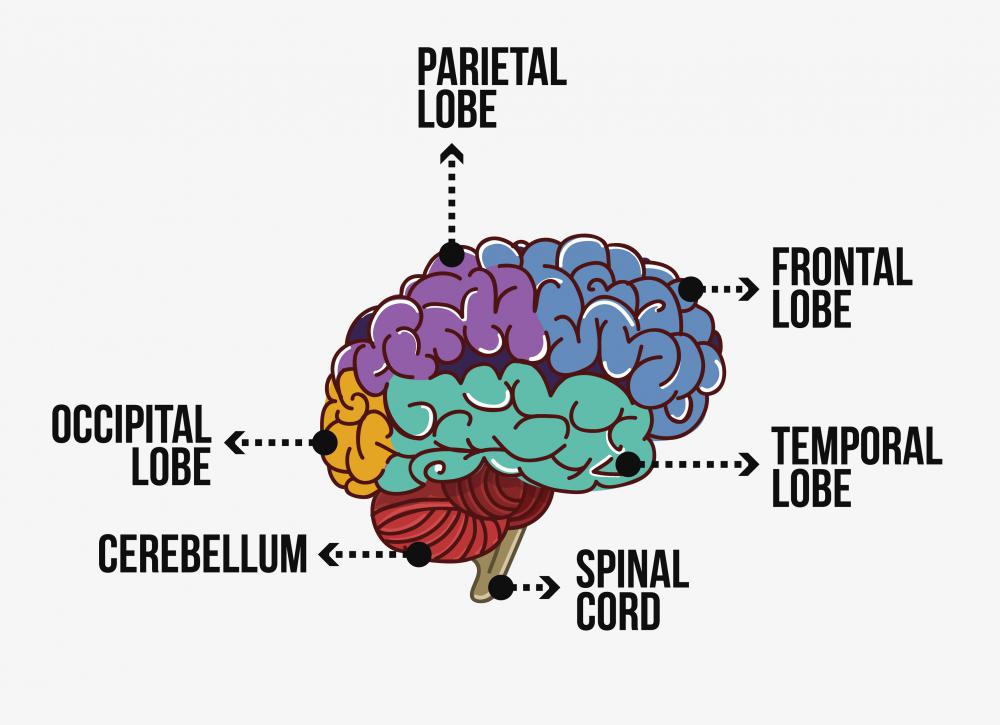At TheHealthBoard, we're committed to delivering accurate, trustworthy information. Our expert-authored content is rigorously fact-checked and sourced from credible authorities. Discover how we uphold the highest standards in providing you with reliable knowledge.
What is Cortical Blindness?
Cortical blindness is the loss of vision due to damage to the visual portion of the occipital cortex in the brain. Though the affected eye is physically normal and healthy, damage to the brain results in full or partial vision loss. The pupil of a cortically blind eye still dilates and constricts in response to changes in light, because this reaction is a reflex, and does not rely on the brain.
There are many possible causes of cortical blindness. It can be the result of physical damage to the occipital cortex, such as lesions. It can also be caused by occlusion of the posterior cerebral artery, which supplies the occipital cortex with oxygenated blood. It is also a side effect of the long term use of some anticonvulsants, prescription drugs used to treat epileptic seizures.

Cortical blindness sometimes presents with hallucinations, or with the denial of blindness. Some patients suffering from this condition are able to see moving objects, but not stationary ones. In all cases of the disorder, the structures of the eye itself, such as the retina and the iris, function normally, unless there are separate ocular problems present.

In Anton-Babinski syndrome, a rare symptom of brain damage, named after neurologists Gabriel Anton and Joseph Babinski, the patient is cortically blind, but insists upon the ability to see. Anton-Babinski syndrome occurs most often after stroke, but can also result from head injury. In the Riddoch phenomenon, a type of cortical blindness, lesions in the occipital cortex cause the patient to lose the ability to see static objects. The patient is able to see movement, but in some cases cannot perceive the shape or color of moving objects.

When cortical blindness is less than total, it is also called cortical visual impairment (CVI). Symptoms of CVI may include visual ability that varies from day to day, a discrepancy in visual ability between the two eyes, a narrow field of vision, and photophobia or an aversion to light. If CVI is worse in one eye than in the other, impaired depth perception can result. A patient with CVI may also be able to perceive some types of objects better than others; for example, he or she may be able to read text, but have difficulty perceiving faces. CVI is not usually associated with the loss of ability to see colors, but some colors, especially yellow and red, may be easier to see than others.
AS FEATURED ON:
AS FEATURED ON:















Discussion Comments
a book stated that "The absence of nystagmus may help in discriminating among certain visual condition; for example, children with cortical visual impairments do not experience nystagmus."
but I encountered a case report stating that patient experiences horizontal nystagmus due to cortical visual impairment. this is contradicting to the statement from the book. is this possible?
Cortical blindness is a kind of disorder in which the people suffering from it has a unusual behavior, like the person is able to partially see the object but cannot sense the movement of it. They behave as if they are able to visualize everything but it's not fully true. Then they navigate safely from one place to another on the path with obstacles.
Post your comments